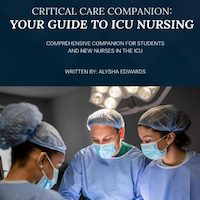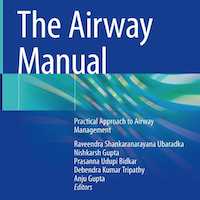Stories Category: Intensive Care
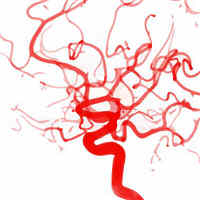
Intravenous Tenecteplase vs. Alteplase for Acute Ischemic Stroke
Between Dec 10, 2019, and Jan 25, 2022, 1,600 patients were enrolled and randomly assigned to tenecteplase (n=816) or alteplase (n=784), of whom 1577 were included in the intention-to-treat (ITT) population (n=806 tenecteplase;... read more
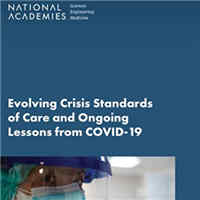
Evolving Crisis Standards of Care and Ongoing Lessons from COVID-19
Crisis Standards of Care (CSC) inform decisions on medical care during a large-scale crisis such as a pandemic or natural disaster, eliminating the need to make these decisions at the bedside without protections or guidance.... read more
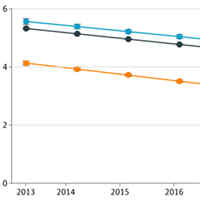
Temporal Trends and Hospital Variation in Time-to-Antibiotics Among Veterans Hospitalized with Sepsis
This cohort study across nationwide VA hospitals found that time-to-antibiotics for sepsis has declined over time. However, there remains significant variability in time-to-antibiotics not explained by patient characteristics,... read more
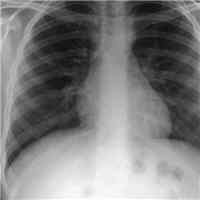
Benchmarking Saliency Methods for Chest X-ray Interpretation
Saliency methods, which "explain" deep neural networks by producing heat maps that highlight the areas of the medical image that influence model prediction, are often presented to clinicians as an aid in diagnostic decision-making.... read more
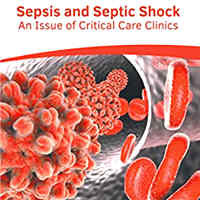
Sepsis and Septic Shock: An Issue of Critical Care Clinics
Shock is caused by the decreased flow of blood to the body tissues due to circulatory system related problems. Sepsis refers to a life-threatening condition where the body causes injury to its own organs and tissues in response... read more
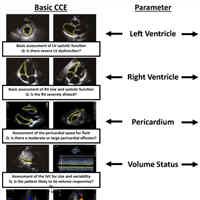
A Decade of Progress in Critical Care Echocardiography
Critical care echocardiography (CCE) is now widely accepted by the critical care community as a valuable tool in the ICU and emergency department, and in perioperative settings. It allows rapid and accurate diagnosis,... read more

High Flow Nasal Cannula: Physiological Effects and Clinical Applications
This book presents the state of the art in high-flow nasal cannula (HFNC), an oxygen therapy technique that has recently proven to be a very promising approach to supporting respiratory function in several medical fields. In... read more

Who the hell would want to work in healthcare?
Our health sector is in crisis. Doctors are overworked, nurses are burnt out and underpaid. Many healthcare professionals are coming close to retirement and others are simply leaving their professions for greener pastures.... read more
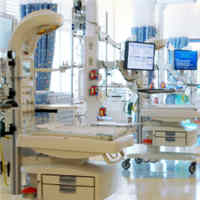
Machine Learning Model Validation for Prediction of Potential PICU Transfer
We developed and externally validated a novel machine learning model that identifies ICU transfers in hospitalized children more accurately than current tools. Our model enables early detection of children at risk for... read more
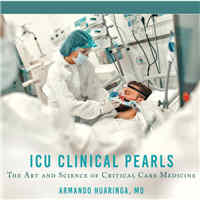
ICU Clinical Pearls: The Art and Science of Critical Care Medicine
ICU CLINICAL PEARLS summarizes the experience of 40 years of life in the intensive care units where the sickest patients come or are sent in the hope to return to a life of reasonable quality. Arguably the safest place in... read more

New Study for Opioid Use Patterns
The purpose of this study is to as certain and describe the trajectories of pain experienced by a diverse group of opioid naive patients who are prescribed an opioid analgesic for acute pain. Using a digital health-based... read more
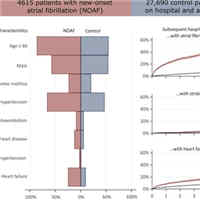
New-onset Atrial Fibrillation in the ICU
Patients who develop new-onset atrial fibrillation (NOAF) during an ICU admission are at a higher risk of in-hospital death and readmission to hospital with AF, heart failure, and stroke than those who do not. Using the... read more

Difficulties Faced by Nurses Who Care For Patients with Delirium in the ICU
We developed a difficulty scale for nurses caring for patients with delirium in the intensive care unit and confirmed its reliability and validity. The difficulty factors were developed with the intention to identify educational... read more
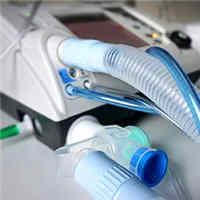
Acquired Weakness and Hospital Functional Mobility Outcomes Following Invasive Mechanical Ventilation in Patients with COVID-19
In critically ill COVID-19 patients, the incidence of ICUAW and acute gait dependence were high. Our study identifies factors influencing both outcomes. Future studies should investigate optimal COVID-19 ARDS management and... read more
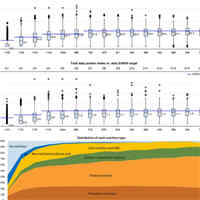
Medical Nutrition Therapy and Clinical Outcomes in Critically Ill Adults
Calorie intake was mainly provided according to the targets recommended by the active ESPEN guideline, but protein intake was lower. In patients staying in ICU ≥ 5 days, early moderate daily calorie and protein intakes... read more

Sepsis Protocols to Reduce Mortality in Resource-restricted Settings
Simplified sepsis protocols are essential to improving sepsis-related mortality rates in resource-restricted settings, but adequate training of clinicians and modified protocols are necessary for successful implementation. Six... read more

Disposable Hospital Gowns May Pose Infection Risk
Disposable gowns designed to deflect the splatter of bodily fluids, used in thousands of U.S. hospitals, have underperformed in recent and ongoing laboratory tests and may fall short of safety standards, leaving health care... read more


